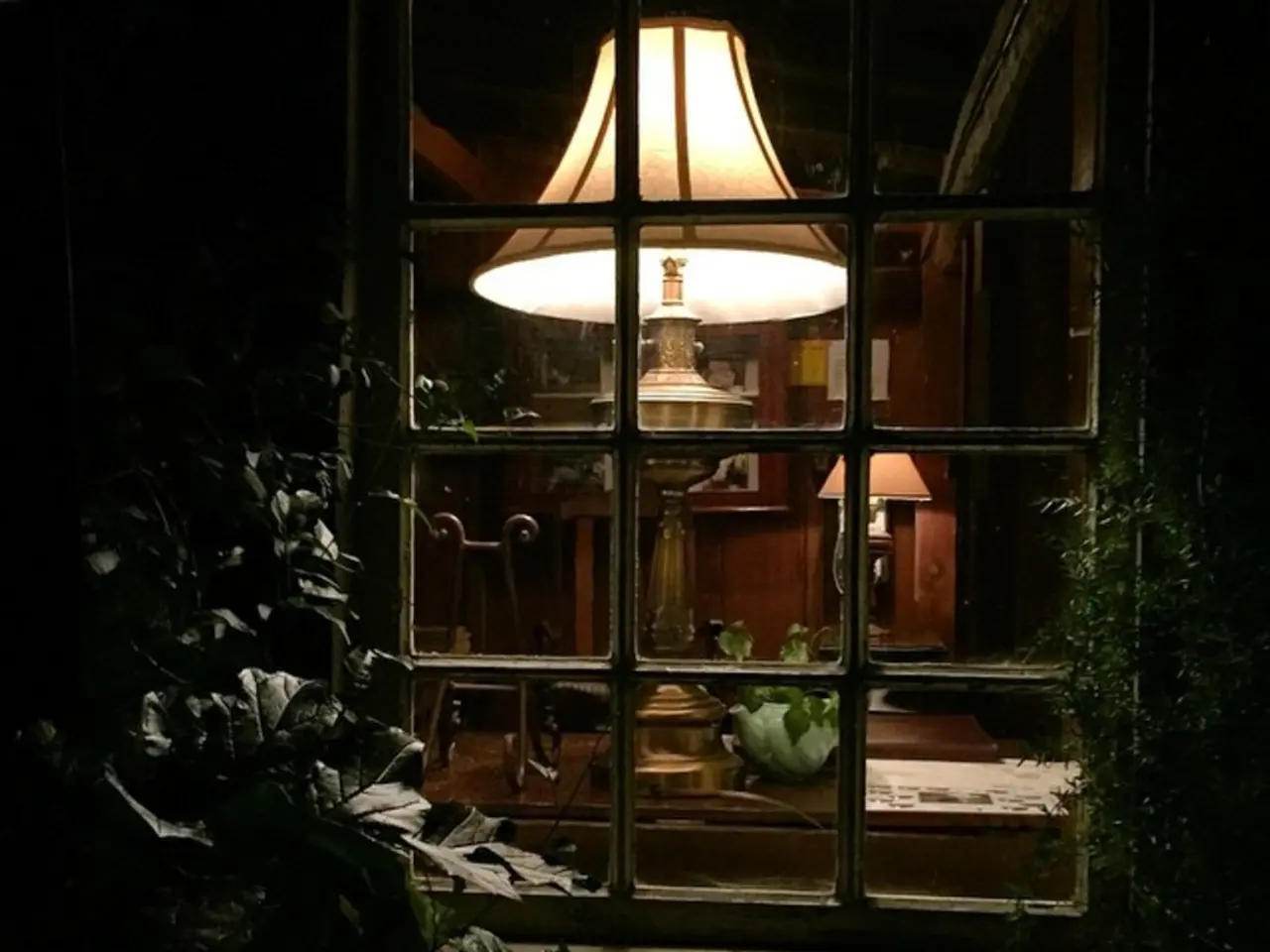Top Notch Equipment for Assembling Outdoor Plant Collections Guaranteed to Rouse Awe and Admiration
Equipment Essential for Preserving and Documenting Plant Specimens
In the world of botany, having the right tools can make all the difference when it comes to preserving and documenting plant specimens. Here's a list of equipment that every botanist should have in their arsenal.
Measuring Tools
A sturdy ruler with both metric and imperial units is an invaluable tool for measuring specimens. For smaller parts, digital calipers provide precise measurements. For larger specimens, a flexible measuring tape comes in handy.
Field Collection and Preservation
A portable press system allows immediate specimen preservation in the field. Lightweight corrugated cardboard ventilators paired with blotting papers offer a compact pressing solution. High-quality plastic bags protect specimens during field collection.
Documentation
A waterproof notebook with weather-resistant pages is essential for documenting collection details on-site. Archival sleeves shield specimens from dust and insects, ensuring their preservation during transportation and storage.
Pest Control
Regular inspections using UV light tools can detect early signs of pest infestation. Diatomaceous earth can be used around cabinet bases to create natural barriers against crawling pests. Mothball alternatives like herbal sachets containing lavender, cedar, or rosemary can be used near specimen storage areas. Sticky traps with pheromone lures can be used to monitor insect activity around cabinets.
Mounting and Storage
Adhesive solutions for herbarium mounting include methylcellulose paste, PVA glue, conservation-grade tape, and pH-neutral glue strips. University Products herbarium boxes feature metal edges and acid-free construction buffered with 3% calcium carbonate for maximum protection during transport. Acid-free storage folders offer additional protection during handling of mounted specimens.
Microscopy and Photography
A dissecting microscope with 10-40x magnification is useful for studying surface features of specimens. A compound microscope with up to 1000x magnification reveals cellular details of specimens. A high-resolution digital camera with macro lens capabilities ensures detailed specimen documentation. A portable light box or photography tent helps control lighting conditions when photographing pressed specimens. A sturdy tripod and remote shutter release help capture sharp, detailed images of small plant features.
Organization
Genus covers help organize related specimens together, making them easier to find and study.
Storage Systems
Significant manufacturers specializing in specifically designed cabinet systems for long-term storage of plant specimens include Thermo Fisher Scientific, Ljungby Komponenter, and Herat.
In conclusion, having the right tools can greatly enhance the process of preserving and documenting plant specimens. Whether in the field or the lab, these tools ensure the specimens are preserved and documented accurately, while also protecting them from pests and damage.
Read also:
- Flu Vaccination Timing and Symptoms to Watch Out For
- Executives at Lipton Teas Recognized as Trailblazers in the Consumer Packaged Goods (CPG) sector by Top Women in Grocery
- Challenges in Advancing Cell and Gene Therapy: Balancing Innovation, Legislation, and Production hurdles
- Swift action required: Scientists urgently working to cryogenically preserve a critically endangered tree to prevent its extinction







